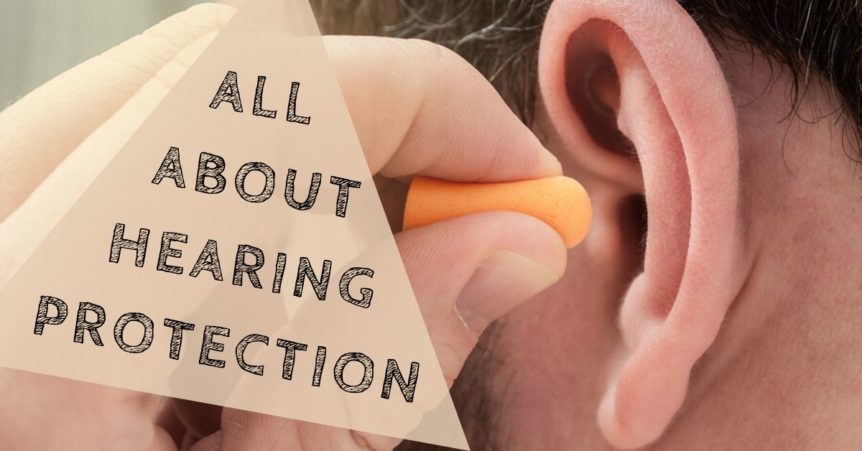Our cities, workplaces, and homes are louder than ever before. Some of these noises can lead to hearing loss or tinnitus, and greatly reduce our quality of life. The best way to prevent noise induced hearing loss is to turn down the volume, leave the noisy area, and reduce the amount of time you’re exposed to noise. If you can’t take these steps, then you need to wear hearing protection.
What is Noise Induced Hearing Loss?
Hearing loss caused by exposure to loud sounds is called noise induced hearing loss. This hearing loss happens when the delicate cells in the inner ear are damaged from exposure to very loud sounds in the environment. This cell damage can’t be restored, and hearing loss will be permanent. If you’re exposed to dangerously loud noise, the best thing you can do is wear hearing protection! There are a number of different materials, styles, and sizes when it comes to hearing protection, so find out what’s right for you.
How Loud is Your Environment?
To decide what hearing protection you need, first determine volume levels in your environment. Any sounds over 85 decibels (dB) can cause permanent hearing damage. If your workplace or leisure activities are louder than 85 dB, you should be wearing hearing protection. You can use a decibel reader app on your smartphone to test the noise levels at work, at home, and everywhere else it might be too loud.
Many industrial settings, such as factories or manufacturing facilities, have noise levels of around 95 dB. Workers will need to reduce the volume by 10 dB to stay safe and protect their hearing. Most hearing protection can reduce sounds by 10 dB, providing ample protection for your ears. Other jobs that use heavy machinery, such as construction sites, can be over 100 dB, and some leisure activities, like attending music concerts or sports events, can be over 110 dB! You’ll need to have hearing protection that will reduce sounds by over 20 dB.
Choosing the Right Hearing Protection
When choosing hearing protection, you’ll also need to think about any other protective equipment you’re wearing, such as safety glasses or a hard hat that could interfere with your hearing protection. Avoid foam earplugs if your hands get dirty during work, and make sure your hearing protection is comfortable in the temperature you’re working in.
- Foam Earplugs: Foam earplugs are a great form of hearing protection for 10 dB reductions in sound. They’re lightweight, inexpensive, and easy to carry around and pop in at a moment’s notice. Make sure you have the right size for your ears, and know how to insert them correctly. Wearing them incorrectly can lead to hearing loss, even if you think you’re protecting your ears. Foam earplugs are often single use, and should be replaced often.
- Earmuffs: For louder environments, earmuffs will provide more sound protection, and have a better fit. With a seal around the ear, earmuffs drastically lower the decibel levels, and protect your ears in a variety of environments. They can be removed and replaced many times per day, can be removed to speak with coworkers, and are the best choice for intermittent noise. They’re very durable, and while they’re more expensive than foam earplugs, they’ll last far longer.
- Digital Hearing Protection: If you don’t want to wear bulky earmuffs, but need more protection than foam earplugs, custom fit digital hearing protection will help you protect your hearing. Custom molded hearing protection matches the contours of your ear for a comfortable fit that can be worn all day. Digital hearing protection will analyze the sounds in the environment, and instantly block any sounds that could harm your hearing.
- Musicians Hearing Protection: Musicians has unique challenges when it comes to protecting their hearing. While they’re exposed to dangerously loud sounds every day when practicing and performing, they still need to be able to hear all the subtle sounds in the music. Musicians digital hearing protection will reduce dangerous sounds in the environment while keeping sounds balanced to provide great sound quality. When sounds are within safe levels, they won’t reduce sounds at all.
Find the hearing protection that matches your needs and look after your hearing health on and off the job!

